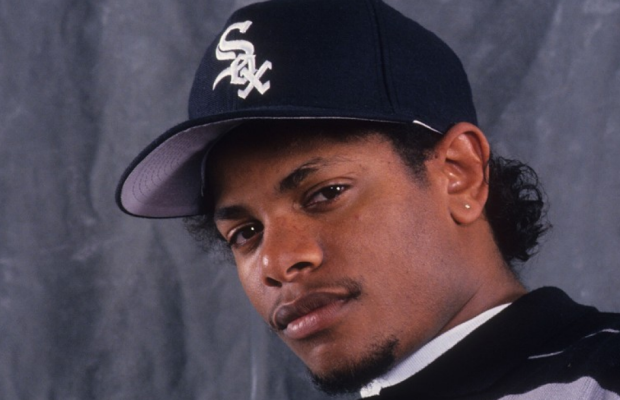The Chicago White Sox’s logo is one of the most recognizable sports emblems around. Despite a history of revisions, the Southsiders helped drive the hip-hop fashion in the early 90’s and just this morning, a Royal (albeit an in-law to be) was spotted donning a Sox cap.


British Royalty tend to be fashion cult leaders with every seam measured down to the button. Rap culture falls at the opposite end of the spectrum having risen from irreverent and revolutionary beginnings – more iconoclastic than iconic.


Shakeia Taylor of Fangraphs helps explain how the White Sox found themselves at the intersection of cross-cultural fashion.
“The relationship between baseball and hip-hop is particularly deep in Chicago. Jay-Z has his Yankees cap, but 90s rap videos were all about the White Sox fitted. It became a symbol of the culture at a time when rap was going mainstream and rappers from both coasts were gaining popularity. The design and color scheme of the cap are simple, yet timeless.”
Taylor goes on to explain the genesis of the logo from Chuck Comiskey’s (White Sox founding owner’s grandson) 1948 design that hues very close to the New York Yankees insignia. By 1975 the badge had fizzled out of favor and new White Sox owner Bill Veeck dumped the Old English logo.

 Believe it or not, Jerry Reinsdorf plays a role in this story as he hired Rob Gallas in 1989 who rebranded the diagonal Old English S-O-X motif. But it wasn’t wit and wisdom alone that vaulted the White Sox to the top of hip-hop culture. The logo earned a boost from the surrounding community, Taylor writes.
Believe it or not, Jerry Reinsdorf plays a role in this story as he hired Rob Gallas in 1989 who rebranded the diagonal Old English S-O-X motif. But it wasn’t wit and wisdom alone that vaulted the White Sox to the top of hip-hop culture. The logo earned a boost from the surrounding community, Taylor writes.
“For many years, the White Sox were associated with the white ethnic working-class neighborhoods in the area surrounding Bridgeport, Comiskey’s neighborhood. In the period during which Gallas took on the task of revamping the uniforms, Chicago’s South Side had become increasingly African-American and Latino.”
While researching the White Sox’s uniform revision, Gallas picked the brain of a few designers and was tipped off that black and silver would be big hits in the 90’s. Much like the Los Angeles Raiders of that decade, the White Sox saw their apparel rocket to the top of merchandise sales.
Taylor helps explain this phenomenon:
“Sports apparel was traditionally worn by fans, but the White Sox cap became a huge part of the urban lifestyle associated with rappers of the day. In 1991, Dr. Dre, Eazy-E, and Ice Cube, members of the rap group N.W.A., wore White Sox hats, officially marking a cultural shift and cultivating newfound significance for the White Sox cap among N.W.A.’s audience.”
Yup, N.W.A, the forefathers of hip-hop spawned a cultural uprising while rocking a White Sox cap. Ice Cube sheds more light on the decision to rock a Sox cap, saying “Chicago changed their colors to black and white. It was perfect for us.”



 Chance the Rapper might be the most recent artist to adopt the White Sox logo and riff off the iconic logo, but the organization has a strong history among hip-hop royalty…and the Royals.
Chance the Rapper might be the most recent artist to adopt the White Sox logo and riff off the iconic logo, but the organization has a strong history among hip-hop royalty…and the Royals.
We know you have a lot going on, but you're welcome at our ballpark any time! We've got your gear picked out! pic.twitter.com/qBCqrihvdf
— Chicago White Sox (@whitesox) April 13, 2018













